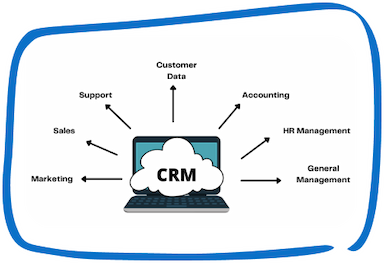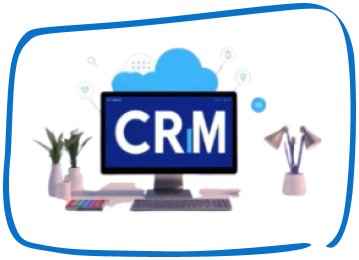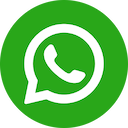Enterprise Resource Planning (ERP) systems are essential tools for modern businesses to manage their operations efficiently. ERP software integrates all business processes, such as accounting, inventory, human resources, and supply chain management, into a single, centralized database. Successful ERP implementation can result in increased productivity, better data accuracy, and improved decision-making. However, ERP implementation can be a complex and time-consuming process. In this blog, we’ll explore some of the different approaches to ERP implementation.
Big Bang Approach
The Big Bang approach is a comprehensive and risky approach that involves implementing the entire ERP system in one go. This approach can be suitable for small businesses or those with straightforward processes. The implementation timeline for this approach can be faster since all processes are implemented simultaneously. However, it also has a higher risk of failure since it requires significant changes across the organization in a short amount of time. Additionally, the Big Bang approach can be a challenge for larger businesses or those with more complex processes since it can be challenging to test and refine all processes at once.
Phased Approach
The Phased approach is a more gradual and systematic approach that involves implementing the ERP system in multiple phases. This approach can be suitable for medium to large businesses that have complex processes. The advantage of this approach is that it allows businesses to prioritize critical business functions and implement them first. For example, a business may start by implementing the finance module before moving on to inventory or supply chain management. This approach also reduces the risk of failure since it allows for testing and refinement in each phase. However, the implementation timeline for the Phased approach can be longer than the Big Bang approach since it is implemented in stages.
Parallel Approach
The Parallel approach is a hybrid approach that involves running both the existing and new ERP systems at the same time. This approach can be suitable for businesses that cannot afford any downtime or disruption during the implementation process. The advantage of this approach is that it allows for testing and comparison of the new and old systems. The Parallel approach can be useful when the new system is being implemented, and it needs to run parallelly with the old system until the new system has been fully deployed. However, this approach can be a costly approach since it requires maintaining two systems simultaneously.
Hybrid Approach
The Hybrid approach is a customized approach that involves combining two or more of the above approaches. This approach can be suitable for businesses with unique processes that require a tailored implementation strategy. The advantage of this approach is that it allows for flexibility and customization to meet specific business needs. For example, a business may start with a Phased approach but then switch to a Parallel approach for specific modules. However, the Hybrid approach can be a complex approach that requires careful planning and coordination.
Agile Approach
The Agile approach is a relatively new approach that involves iterative and incremental implementation. This approach can be suitable for businesses that require flexibility and adaptability to changing business needs. The advantage of this approach is that it allows for frequent testing, feedback, and refinement. The Agile approach emphasizes collaboration between the business and the implementation team, allowing for continuous improvement throughout the implementation process. However, this approach requires a high level of collaboration and communication between the business and the implementation team.
In conclusion, choosing the right ERP Implementation Approaches requires careful consideration of the size, complexity, and unique processes of the business. Each approach has its advantages and disadvantages, and the best approach will depend on the specific needs of the business. Regardless of the approach, ERP implementation requires careful planning, communication, and collaboration between the business and the implementation team to ensure a smooth and successful implementation.
Speak with Our Team!
4.9 Stars
1k+ reviews on






